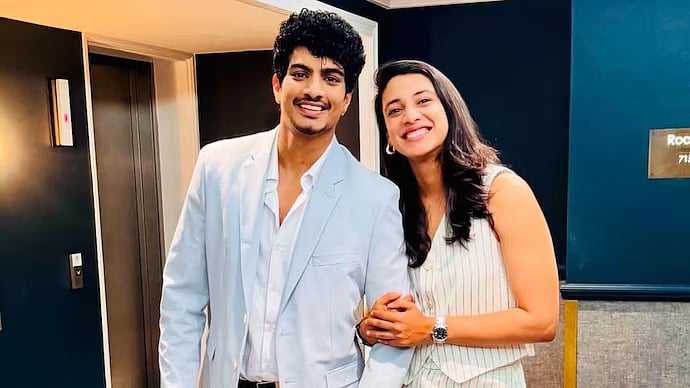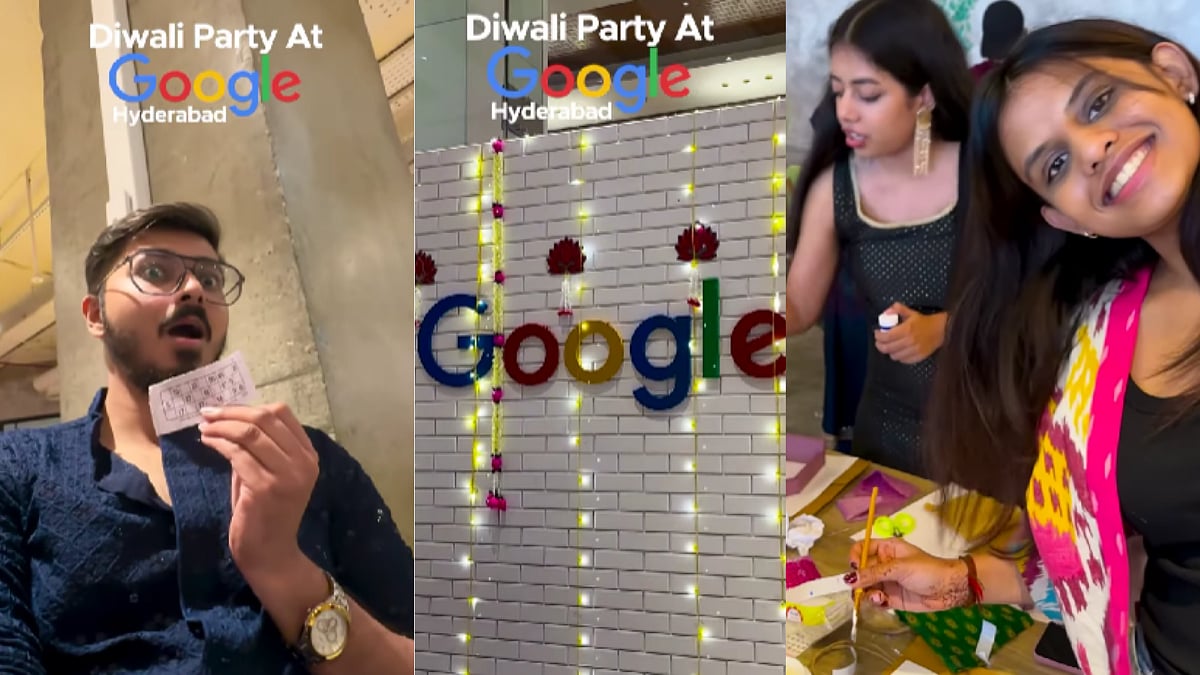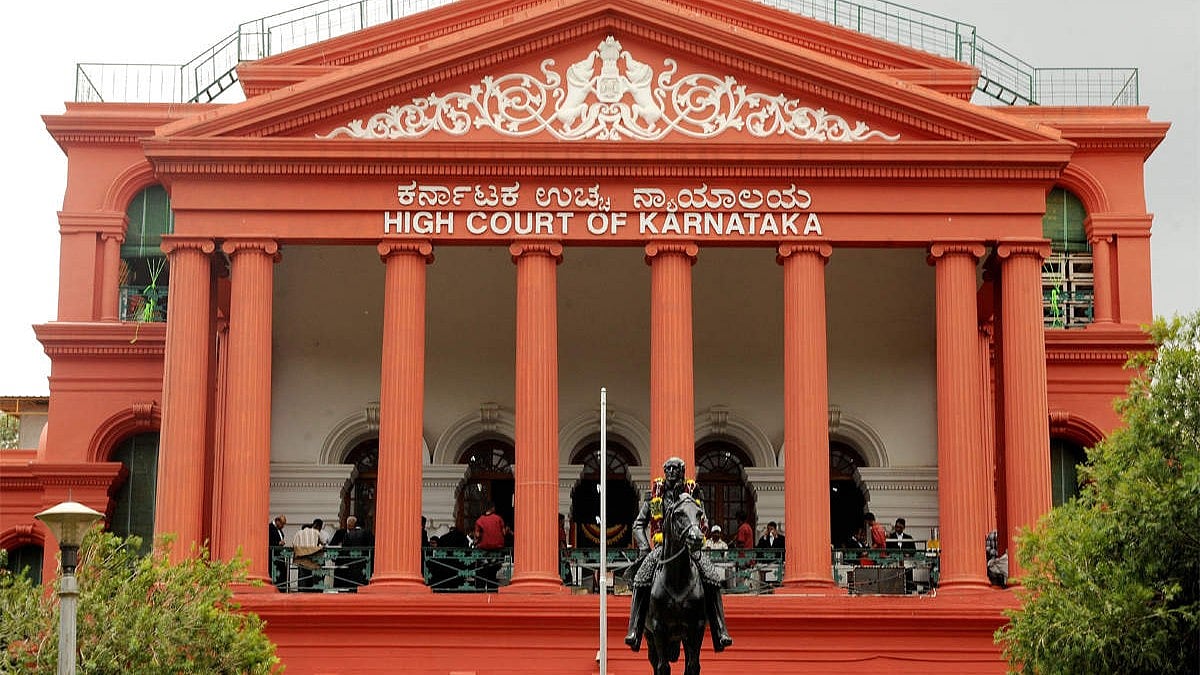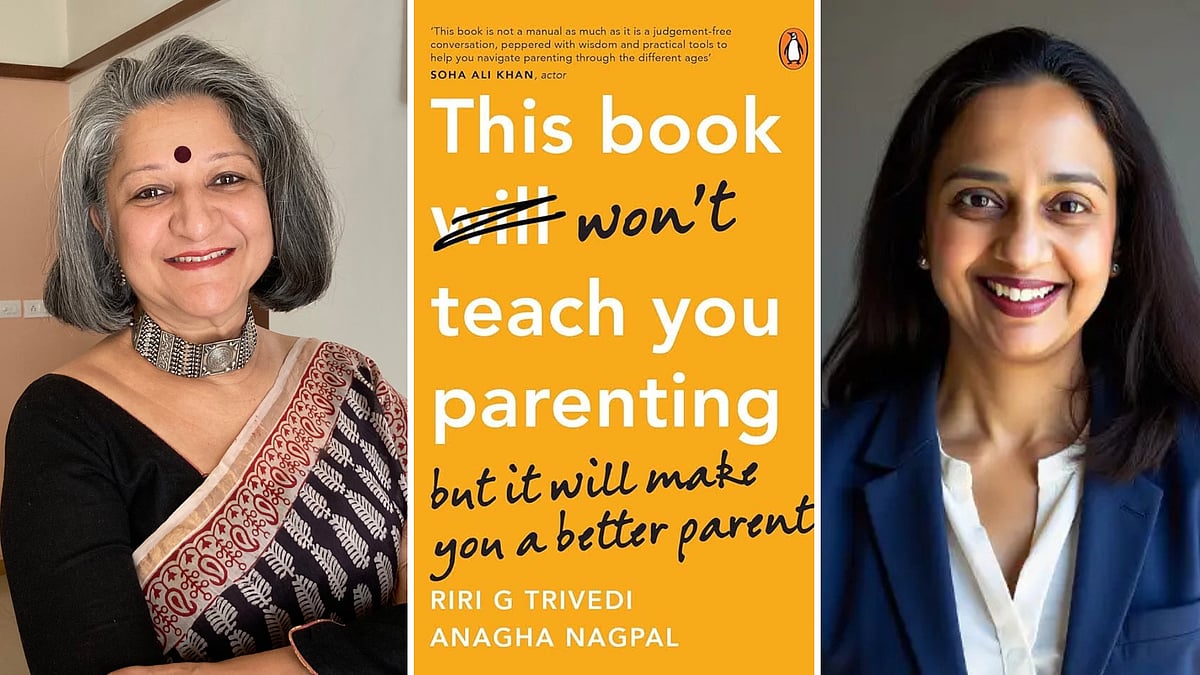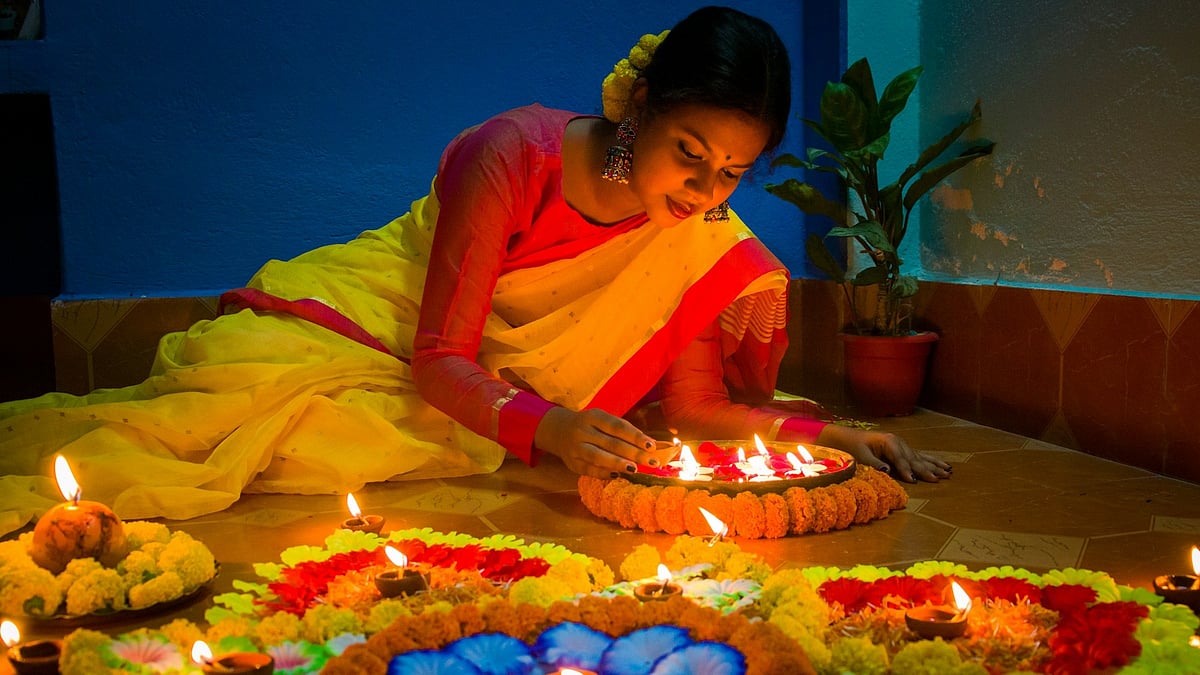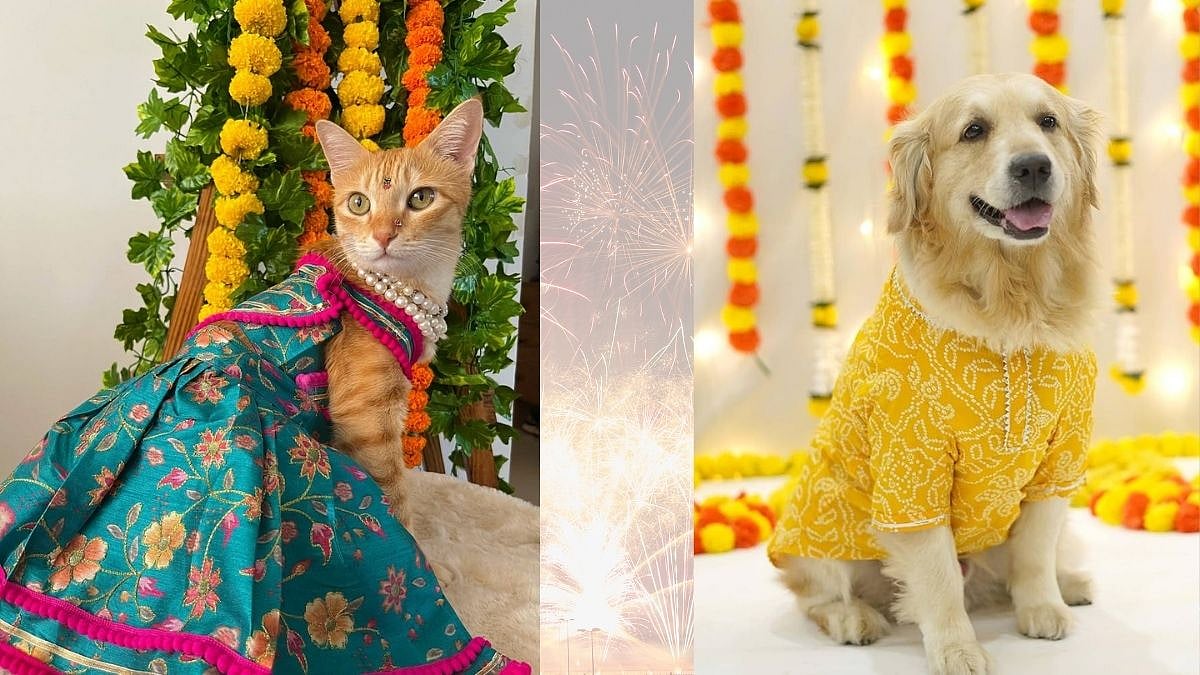Consider, if you will, the fusion of two seemingly disparate worlds: computer programming and performance art. This is the essence of livecoding music. It challenges traditional notions of what constitutes art, blurring the lines between engineering and creativity. Livecoding has been gaining increasing recognition and popularity as a form of musical expression, and for good reason. When the code becomes the medium and the programmer dons the hat of the performer, a new form of artistic expression emerges, one that is both technical and artistic.
In India, an art collective known as Algorave has been promoting programming as performance art through events called Algoraves or algorithmic raves. Enthusiasts in Mumbai can have this mind-bending immersive experience on the evening of May 12. Avid Learning is bringing 'The Sound of Code' to Gallery XXL in Colaba. Multidisciplinary creative technologist and Algorave India co-instigator Abhinay Khoparzi will lead this performance-meets-lecture-demo. He has had a long relationship with the experimental electronic music scene in Mumbai with performances at The Indian Electronica Festival at Blue Frog, 6 Foot Oscillator in a 4-foot Room at Zenzi Mills, One Sunday at H20.
Says Abhinay, “A livecoding performance – as the name suggests – is a type of musical or artistic presentation in which the performer creates and modifies music or visuals in real-time by writing and manipulating computer code. Since this is happening in real-time, each performance is unique and, to some extent, unpredictable.” The upcoming event invites artists, ravers and music enthusiasts from diverse backgrounds to introduce them to the world of coding and the creative potential of programming. The resourceful Abhinay discussed AI in music, algorithmic raves, remote VR events and electronica in Bollywood in a freewheeling interview with FPJ.
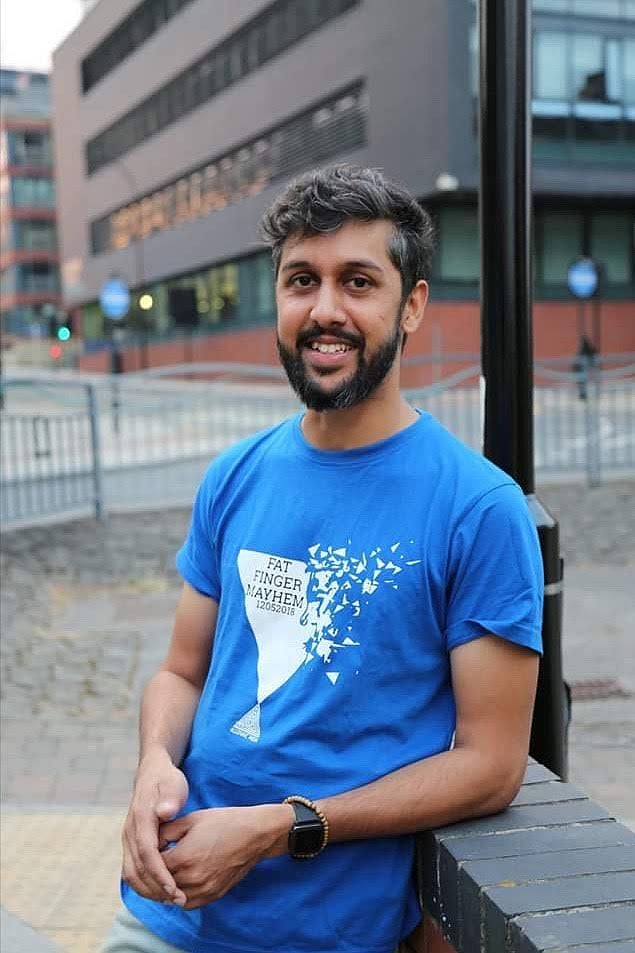
Abhinay Khoparzi |
What makes livecoding distinctive?
Livecoding performances combine the technical skills of coding with the creativity of music and art. The code is projected on a screen for the audience to see, this creates a visual display that allows the audience to follow along with the performer's creative process. The audience can expect to witness the creative process unfold before their eyes and ears, resulting in a one-of-a-kind experience. At the session at Gallery XXL with Avid Learning, I am going to demonstrate some of these methods on different platforms.
What was your introduction to livecoding music?
I've had a long relationship with computer programming and music through most of my life. I come from a small town. Most of my early computing and media production knowledge was self-learnt, with a lot of dead-ends and ending up in strange places on internet forums and poring over pirated books. This meant that I had to look under the hood of most of my tools and techniques and realise that sound, music, visuals are just signals that could be manipulated to create art in its various forms. Eventually, I did go to schools to learn sound engineering and animation in Mumbai and ended up making friends who were also knee-deep in composing more involved styles of music. This group would often find mainstream tools too limited for what we were trying to do, and we'd come up with custom software and hardware. When you try to interact with all of this in a live situation, the result is essentially what live coding is, and when you do this in a dance music context, what you would get is an Algorave. In a sense, I was automatically introduced to livecoding because of the need to learn and make my own things, and then show them off to others.
What kind of software would you be using for the Avid Learning-Gallery XXL show?
My current performance setup is based on multiple parts built on various open source web and media technologies. For sound and music, I use a heavily customised version of software library called TidalCycles that uses a combination of a functional programming language called Haskell and a language specifically made for sound generation called SuperCollider. For visuals I will be using a web based tool called Hydra, that greatly simplifies using a web technology called WebGL with a Javascript wrapper around it. Both of these are highly expressive platforms that take care of a whole bunch of implementation details in their specific domains and I have relatively little cognitive overload.
Tell us about your collective Algorave India and some of the exciting things they are working on.
Algorave India is a collective that initially came about in a Facebook conversation with a bunch of old friends. We had all been working with algorithmic methods in our performances for years, and for the longest time, we didn’t realise that folks would be interested in knowing how a certain music or visual was created. I had attended a few initial Algoraves while I was doing my masters in the UK and I really appreciated the ideas of open source and inclusivity, so I did have some ideas to put one on with our own spin on it.
In early 2018, Goethe-Institute reached out to our co-founder Dhanya Pilo to put together a community engagement for their Open Codes exhibition at Max Mueller Bhavan, Mumbai. Our first event was on the 12th of May, exactly five years before the date of the performance we will have at Gallery XXL. We eventually grew out to do independent events all over the country including one at a maker space called Banana House in Delhi, which turned out to be the first ever all-women Algorave.
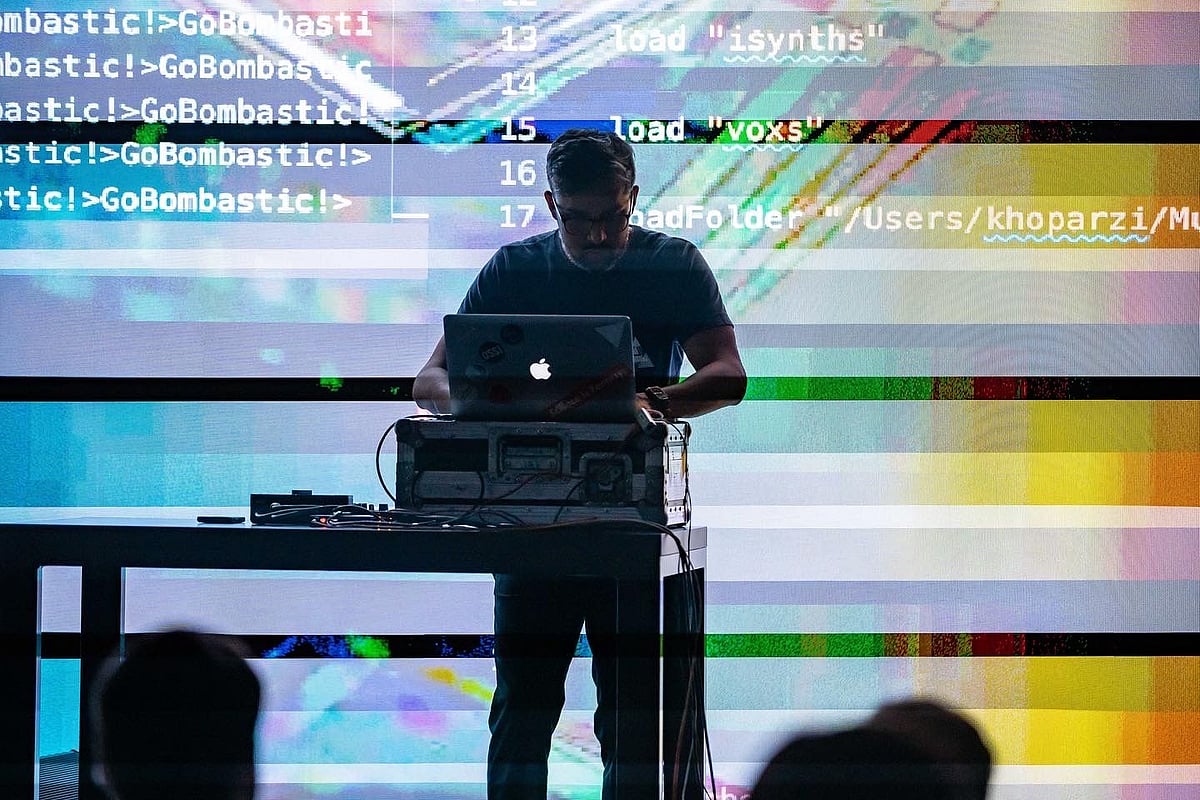
Abhinay Khoparzi |
As part of Algorave India, we have been closely involved with the global livecoding scene with folks coming from different parts of the world often finding ourselves in remote collaborations. This used to mean a lot of travel when dealing with institutions and conferences, a luxury that isn’t available to everyone from the wide-ranging financial and cultural backgrounds that people in the arts come from. One of the solutions was to conduct hybrid events where participants would use web and other tele-presence technologies to present, perform and engage. Wherever available we livestreamed our events on social media platforms like Facebook, Instagram and Youtube. We even had remote performances when we couldn’t afford to bring down an artist due to limited budgets, administrative (think visas and permissions), accessibility or health issues.
Late in 2019, the international community started putting together infrastructure for a conference called the Distributed Culture Conference that was scheduled for the March of 2020 (a year that we all know marked a shift in the way business is conducted all over the world for a very different reason). All of this work that Algorave India had been developing for decades finally came to the forefront in the wake of the pandemic. This was also a time when most of “modernised” humanity realised the value in the arts and human connection, the main thing that we had been promoting all along.
You were part of the first remote VR event in India in 2020...
Yes, we'd been embracing telepresence technologies in our events long before the need for social distancing. We wanted to promote inclusivity in all forms, including where people live and come from. When Becky Fernandes – who goes by the artist name Raia – was unable to travel to our first ever Algorave at TIFA Studios, Pune in 2019, we had her livestream her performance. It was presented exactly like a physical performance: a large projector screen full of code that produced the music under her soulful covers of pop songs and originals. We had also experimented with having another of our artists Yasha Jain (aka Weird With Code) present her algorithmically generated audio reactive environments become part of visuals that could be experienced on a VR headset at our first independent Algorave at Cuckoo Club, Mumbai.
During the lockdowns in Italy at the start of the pandemic, I had been working on a collaboration with the Italian livecoding collective Algoritmi for a remote event. To add an extra layer of interactivity, we utilised a platform called Mozilla Hubs that leveraged WebVR technologies to create futuristic environments that could be traversed like first-person shooter games right in the browser, without the need to install any additional software. The environments could also be accessed on VR headsets to make a more immersive social experience much like what has been promoted by various versions of closed source metaverses by giant corporations like Meta and Epic games. We realised this was a perfect medium for engaging with our own community in country.
We celebrated the second anniversary of Algorave India as a completely remote event with Indian and International artists from Indonesia, as well as from the diaspora in Europe, USA, and Canada. The response to this was great (to the extent that some mainstream artists even tried to steal our thunder by claiming they were first), so we started organising virtual events to keep spirits up while the pandemic raged on.
With the proliferation of AI tech and AI music generators Beatoven and Soundraw, what trends do you see for AI technology in music?
AI chatbots and tools like them have been around for a long time, and computational artists have been leveraging them in various capacities for churning out grunt work. It’s interesting to see mainstream adoption of these tools as access improves and the creative ways people are employing them to do things that they don’t particularly enjoy doing. In terms of trends, I expect a lot of “music” coming from folks who have no idea or interest in doing this and are in the game for reasons very different from making art.
AI in music has been a long evolution. There are people in it who want to go deep and make new things, and some who want to keep looking back, stay on the surface and churn out the same kinds of sounds that have been done for years and years. A popular game designer/streamer called Freya Holmer recently remarked on Twitter: “art is at its best when it's crafted with intention, by people who care”. That being said, folks behind projects like Beatoven have been close collaborators in the Algorave India journey. In fact, our last at Algorave at WalkIn Studios, Bengaluru – as part of International Society of Music Information Retrieval (ISMIR) in December 2022 – was completely supported by Beatoven.
Have you experimented with AI in your own sonic explorations?
I have experimented with what most people identify as AI in a limited fashion for sound design, and things like picking out collections of sounds from my ever-increasing sound library.
Electronic music is only getting bigger every year. What sub-genres do you listen to, and which artists/ producers in particular?
I have a somewhat controversial opinion of what constitutes electronic music, so I have a very biased view on this. Coming from deep in the world of music production, I identify most modern music as electronic. Hip-hop, metal, and almost all Bollywood music made after the 80s is mostly done with the same production techniques and tools that make electronic music. So yeah, electronic music is all the music that you probably listen to. I find it very hard to say where one sub-genre starts and another stops but I am partial to the experimental and left-field side of things. I play drums and am heavily influenced by rhythm so imagine sounds that would be identified as IDM (intelligent dance music), break core, drum and bass (and its many variants), but also more dance-oriented styles like footwork, juke, and bass music. One of my favourite tracks is by a Barcelona-based British artist called Rob Clouth (including his earlier moniker Vaetexh). I'm a huge fan of sound design techniques by artists like Brian Transeau, Richard Devine, Sinjin Hawke, Zora Jones, and Noisia. There is a lot of influence from the work of Ryuchi Sakamoto, Ryuchi Ikeda, Shigeto, Aoki Takamasa, Daitobe Manabe, as well as inspiration from drummers like Chris Dave, Chinmoyo, and Ian Chiang.
Experience Abhinay's mind-bending livecoding performance at Gallery XXL on May 12 at 7 pm. Slots are free and can be booked online.

